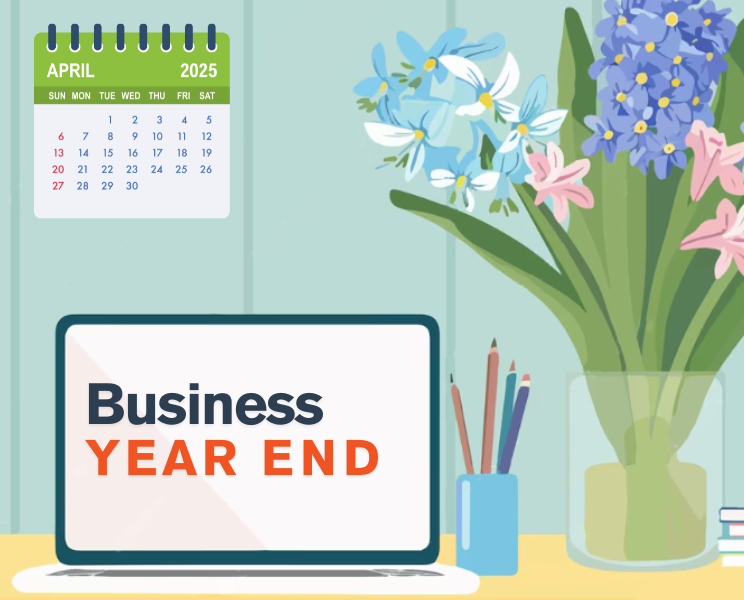Jargon Busting – The Balance Sheet
Ever wondered what all those financial terms your accountant uses but too afraid to ask? In this series we aim to demystify accounting jargon by explaining words and phrases in simple terms for anyone to understand.
This week we’re looking at the Balance Sheet.
What is a Balance Sheet
A balance sheet is a financial statement that offers a snapshot of what a company owns and owes, as well as the amount invested by shareholders at a particular date.
It is composed of three key components: assets, liabilities, and equity.
The Anatomy of a Balance Sheet
Assets – What the company owns
Assets are resources that a company owns or controls with the expectation that they will provide future economic benefits. These can be divided into current assets, such as cash and inventory, which are expected to be converted to cash within a year, and long-term assets like land and machinery.
Liabilities – What the company owes
Liabilities are obligations that the company must settle in the future, resulting from past transactions. These are categorized as either current liabilities, which are due within one year, such as accounts payable (i.e. what you have bought from suppliers but not yet paid for), or long-term liabilities like bank loans that extend beyond a year.
Equity – What’s left for the owners
Equity represents the residual interest in the assets of the company after deducting liabilities. In other words, it’s what would remain if all assets were disposed and all debts paid. It includes any investment received from shareholders and the profits or losses the company has made up to the date of the balance sheet.
Reading Between the Lines
Using balance sheets to understand a company’s financial health
The balance sheet tells a story about the company’s stability. By examining the relationships between various assets and liabilities, stakeholders can assess the ability of a business to pay for what it owes and continue operating.
The understanding of balance sheets is crucial not only for accountants but also when making decisions around going into business with another company.



